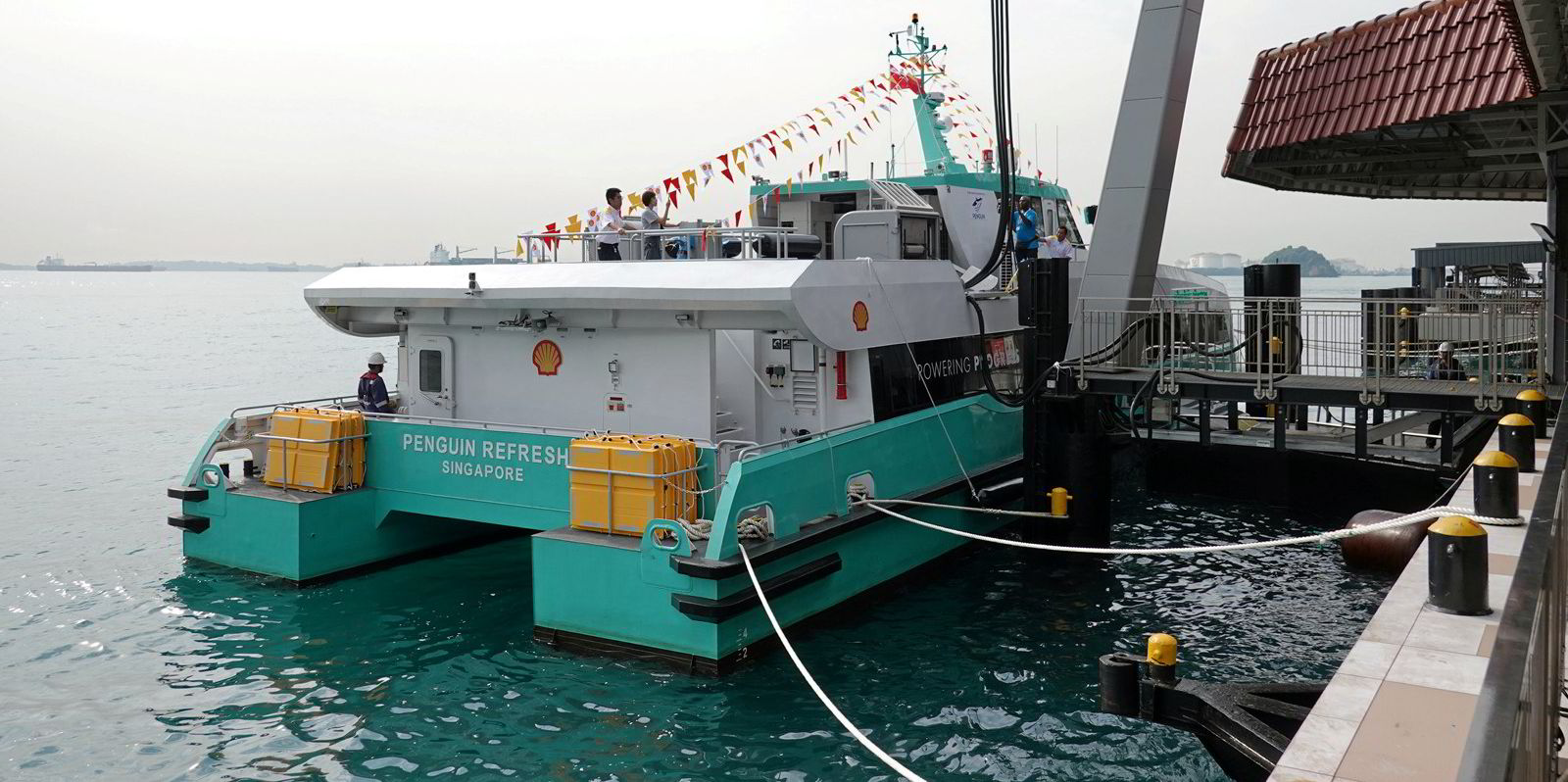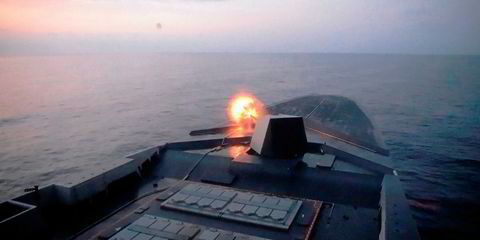Ships fitted with battery installations have mushroomed to number over 1,000 vessels.
According to classification society DNV’s Alternative Fuels Insight platform there are now 1,006 vessels which are kitted out with some form of battery power.
DNV’s figures, which are put together in collaboration with the Maritime Battery Forum, show these comprise 769 existing vessels and a further 237 on-order newbuildings delivering through into 2026.
The bulk of these vessels are car and passenger ferries with the ship positioning data showing that there is a greater concentration of battery-fitted vessels in northern Europe and the Mediterranean regions.
In its monthly update, DNV said 19 vessels were contracted with alternative fuelling propulsion systems in May.
The class society said 12 of these were for methanol dual fuel vessels with the other seven to be fitted with LNG dual fuel propulsion.
DNV said that 73 vessels were ordered with alternative fuel systems in the first five months of this year.
Container ships and car carriers continued to dominate orders, DNV Maritime Advisory principal consultant Martin Wold said.
DNV’s figures show LNG-fuelled vessels are also heading up towards four figures.
It lists 911 in total comprising 512 on-order ships delivering through into 2028 and 399 existing vessels.
There are currently 127 methanol-fuelled vessels, made up of 26 existing ships and 91 under-construction newbuildings.
“Fossil methanol is widely available but significant investments in green methanol production are needed,” the class society said.
“Following the normalisation of gas prices the LNG bunkering market has now returned to full strength and we see a potential shortage of LNG bunker vessel capacity from 2025, and for some locations and periods this may occur even sooner,” Wold added.





